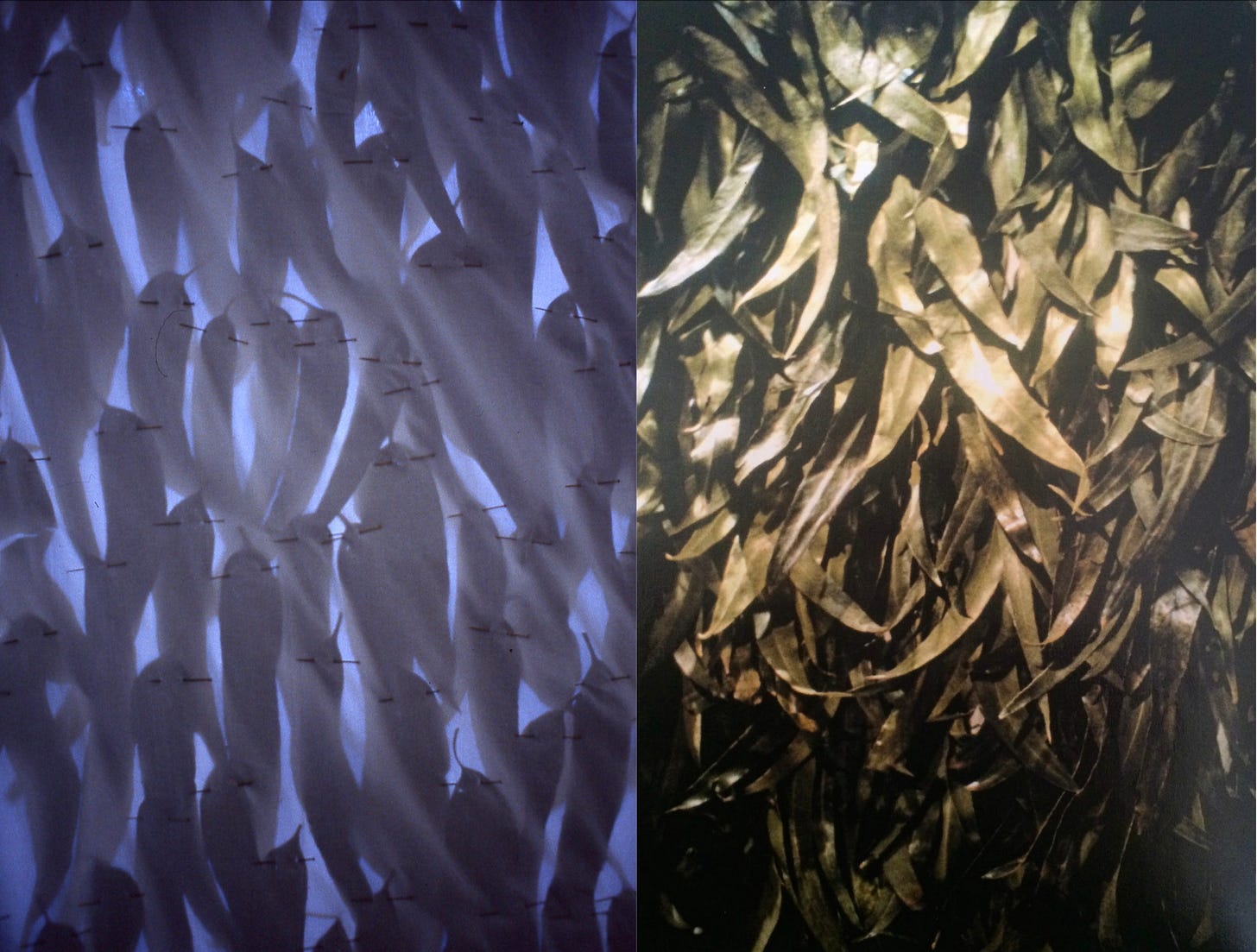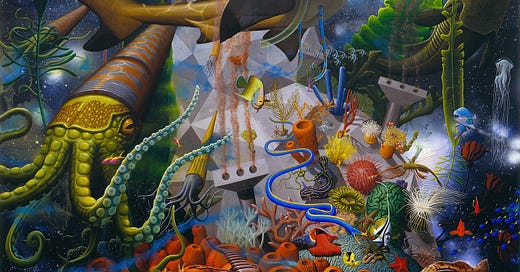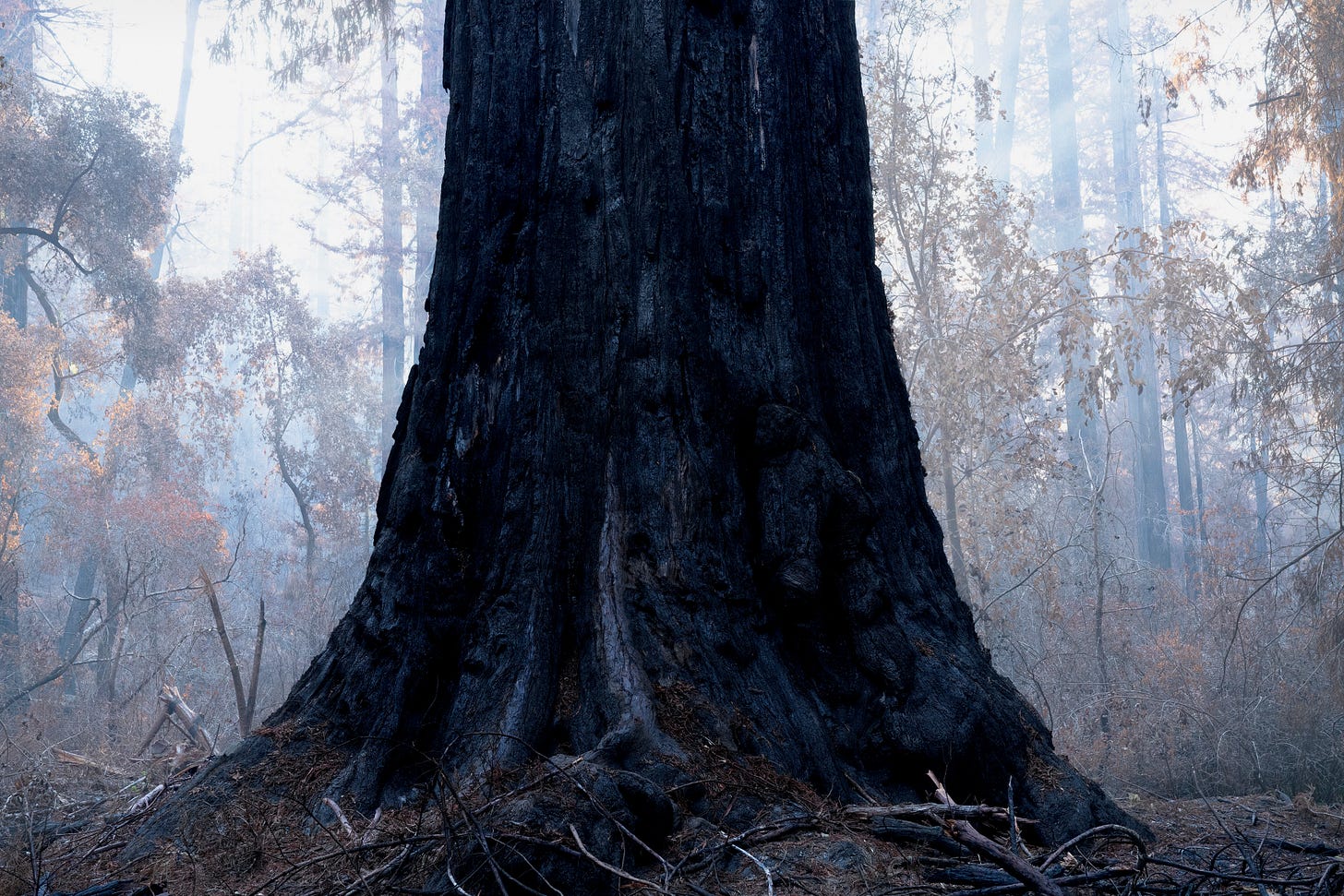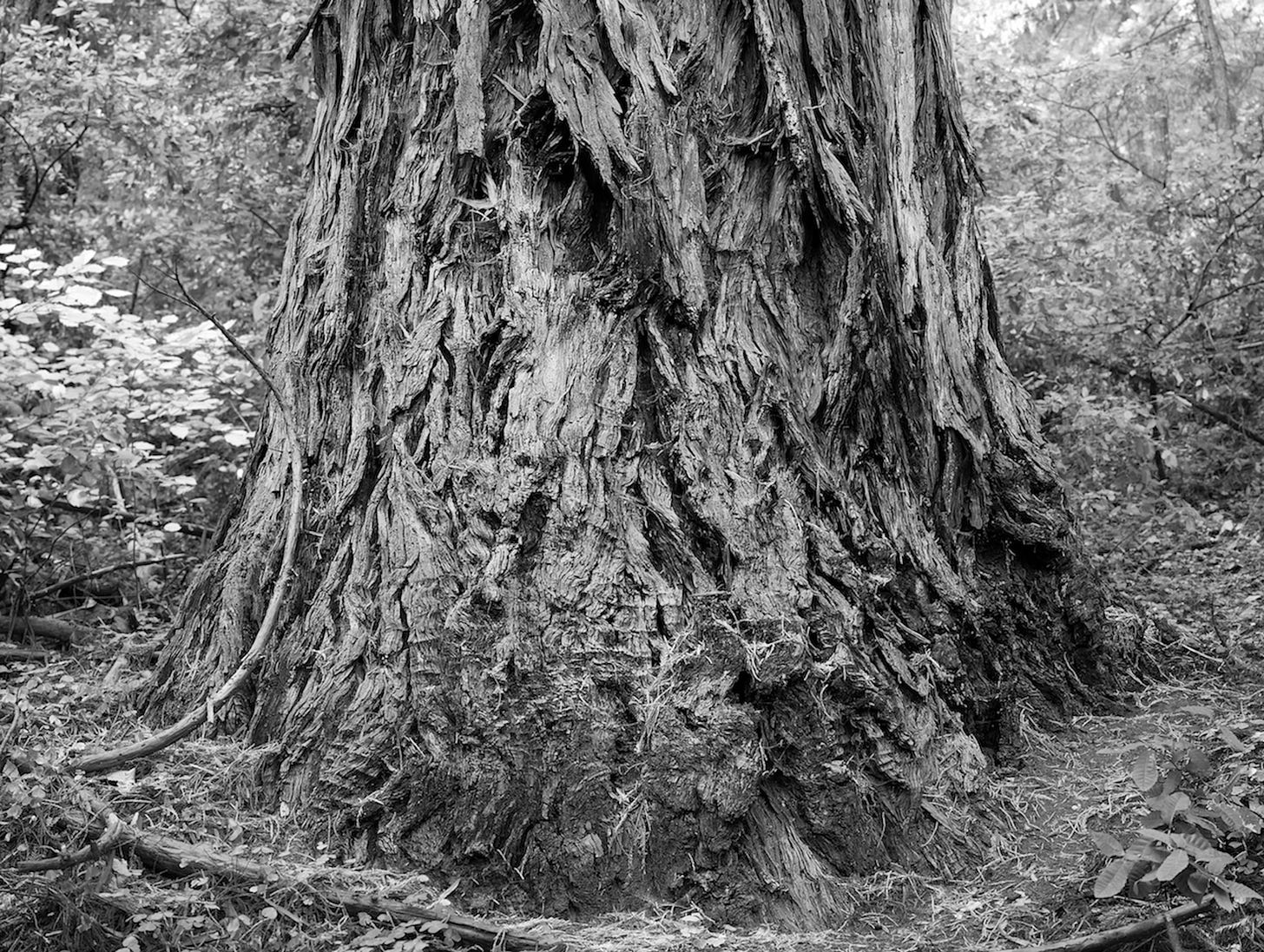In 1982, only 8 women in Barnard College’s class of 1986 majored in environmental science. Ann Leonard was one of these pioneers.
Annie and I were suitemates and quickly forged a friendship fueled by our East vs. West Coast differences. I was a Brooklyn girl who belted show tunes and ate bagels; Annie read Chop Wood, Carry Water and sprinkled nutritional yeast on her popcorn. I scheduled my classes around All My Children; Annie would grind out schoolwork weeks in advance so she could fly to the Greek to see the Dead.
Until I met Annie, I'd never known anyone who reused tinfoil, conserved water, brought a bag to the grocery store — and continually reminded me: “The impact of these individual lifestyle choices is minimal."
At Thanksgiving dinner at my house, when we were freshmen, Annie matter-of-factly told my family her intention to become Secretary of the Interior. Instead, she went on to become the Executive Director of Greenpeace USA for 9 years and co-founded the Jane Fonda climate PAC.
Early in her career, Annie faced a problem familiar to many activists: she loved data and charts, but audiences didn't respond to them, no matter how urgent the message. It wasn't until she started wrapping information in narratives that her message began to land. Annie put that approach to work in The Story of Stuff, a deceptively simple stick-figure animated video that exposed the ugly side of global supply chains and the waste trade. It’s been viewed over 50 million times.
When I decided to write about environmental artists, I reached out to Annie. Given her insight into what inspires and what doesn't, I wanted to know her thoughts on how art can contribute to the environmental movement.
She pointed me to "Elegy for the Arctic," a Greenpeace-commissioned piano composition and film aimed at stopping drilling and overfishing in the Arctic. It features the renowned pianist Ludovico Einaudi playing on a floating platform in the Arctic Ocean as walls of ice fall into the water. The project exemplifies how art can feed your soul in a way that facts can't. As Annie put it, "It's hauntingly gorgeous, so it moves me in a way that the IPCC's report doesn't."
But Annie also emphasized a crucial distinction: "Our goal is not just to move people for its own sake. Our goal is to change the actions of business and political leaders, and inspired, engaged people can help do that." For Annie, art is most effective when it's used to leverage power to produce change. "Right now, our movement has everything that we need to live in a sustainable way except one: the power to make it so."
For this issue, I spoke with painter Alexis Rockman and interdisciplinary artist Sarah Bird about how they respond to environmental crises through their art—one through apocalyptic warnings, the other through intimate connection—and how their approaches do and don't align with Annie's goal.
FYI: I’ll be hosting a live conversation with Rockman and writer Jenny Offill on June 26th at 5:30 PM at Spring Hill Vineyards in New Preston, CT. RSVP HERE
One of the first contemporary artists to address and depict a host of environmental issues, ALEXIS ROCKMAN makes large-scale, bordering-on-trippy paintings. GMOs. Wildfires. Rising sea levels. Toxic waste. Species extinction. His imagination pulls from sci-fi films to museum dioramas, and you can see how a childhood spent at the Museum of Natural History, where his archaeologist mom worked, influenced the way he thinks about the animal kingdom.
Rockman's expansive paintings tell stories that, like Annie's work, are grounded in science. For Gowanus, his post-apocalyptic vision of Brooklyn's notorious waterway, Rockman consulted contamination maps and chemical analysis from EPA remediation teams and environmental consultants to ensure the accuracy of the toxic conditions portrayed in the painting. In depicting one of America's most polluted waterways, Rockman reveals nature's resilience through a "chimera catfish." This composite of animals that once inhabited the canal demonstrates how life adapts and endures, even in highly toxic environments.
Rockman's paintings are both gorgeous and disturbing. He says he wants his work to be "almost impossible to look at and impossible not to look at." That's exactly what he does in Okeechobee – he captures the ravages of climate-driven fires but does it with painterly, gestural markings that recall the beauty of Joseph Turner landscapes. He does it again with Adelies: The ice shelf glows like "luminous jewelry," but its beauty is juxtaposed with the imminent risk of the penguins’ extinction if their habitat melts away. Rockman’s contradictions make you look and think.
By conventional measures, Rockman is undeniably successful—a retrospective at the Smithsonian, a string of museum commissions. But when recently asked how he feels about art's ability to affect change, his blunt reply was striking: "I think it's been a complete failure. It's just been a disaster in terms of what art can do."
So what's standing in art's way? Rockman sees barriers everywhere: denialism, deflection, disconnection from nature, rampant consumerism, corporate greed, all limiting art's power to shift behavior or policy.
He’s also skeptical about art's ability to compete with other mediums: "It's not emotionally persuasive the way movies or streaming stuff can be," Rockman argues. "I think that what the world really needs is a 'China Syndrome' of the climate crisis to hammer home what the implications are."
Even though Rockman doesn't "see much indication of human behavior or policy changing," he continues to paint. To me, his passion and persistence are more meaningful than ambition—and potentially more impactful.
Rockman's paintings are epic in scale and don’t hold back. SARAH BIRD’s work has a more intimate focus but is just as powerful. Since 2015, her photographs, drawings, animation, and films have encouraged viewers to examine their relationship with trees and appreciate their wonder, reminding us that our real work is to protect what we love.

Bird had a peripatetic childhood and traces her connection with trees to visits to her grandparents in Perth: “The smell of those trees evoked a kind of home that I didn't experience in any other place." This sensory memory sparked the skin is the threshold of the body, an installation featuring 10,000 beeswax-dipped eucalyptus leaves. "It was the first time that I felt how memory and emotional sensation are emplaced by the world of trees."
When fire destroyed Big Basin Redwood Park in 2020, Bird was already working on a huge tree drawing she'd begun during the pandemic. She shifted to drawing with charcoal collected from the burned redwood trees, allowing the tree "to draw through her hand" and to be "drawn by its absence.” Like Rockman, whose futuristic images often capture the regenerative power of nature, using a part of the tree to render the tree echoes how redwoods can sprout new life even after devastating fires. This drawing led to Tree/Time (2023), a hand-drawn animated film that captures the changing light in the redwood forest at night, from cloud cover to moonlight illumination to the return of clouds.
Facing images of the burned forest was challenging for Bird because trees are supposed to be beautiful; even the exposed damaged roots in Bay Laurel made her uncomfortable. Unexpectedly, it was Trump who changed her thinking. The day after the 2016 election, as Bird wrestled with his victory, the memory of his cruel mockery of a disabled reporter suddenly shifted her view of the tree and her work: she was able to see its damage as evidence of endurance and to stop turning away from the “unbeautiful.”
By 2017, Bird was considering how to make her prints life-size. Heritage Grove Redwood marked the beginning of a seven-year trial-and-error process that culminated in Being/Tree, Bird's most ambitious project to date: a 245-foot full-scale redwood portrait projected onto San Francisco's iconic Ferry Building.
Being/Tree examines how scale relationships—our size relative to massive trees—affect how we see ourselves and nature. It also addresses how the 1500-year lifespan of the tree can connect us to a world beyond our lifetimes, reminds us of our "time-blindness," and encourages us to be more respectful of the earth during our own time.
When I asked Bird about the impact of her work, she quoted the environmentalist Rachel Carson: "The more clearly we can focus our attention on the wonders and realities of the universe about us, the less taste we shall have for destruction." Bird has touched viewers just as she hopes: they've told her that her work makes them look at trees differently and are eager to share stories of their tree relationships. "To me, being a witness to something that is non-human is actually very moving and is required in order for other things to happen." Rather than relying on direct activism or public policy, Bird can be political by "catalyzing her ability to see things that are invisible or overlooked and championing them."
There's more than one way to be an environmental artist. Rockman works within traditional art spaces and makes us confront environmental destruction. Bird's contemplative work aims to foster intimate connection and wonder. There are also artivists who work outside gallery systems in public spaces, mobilizing direct collective action that's often rooted in disobedience, resistance, and protest. Regardless of their differing approaches, Rockman and Bird are both impactful chroniclers who bear witness to how humans impact our world.
To dive deeper into ways of responding, I'm looking forward to my upcoming conversation with Rockman and writer Jenny Offill, whose 2020 novel, Weather, captures the psychic toll of an uncertain future. I hope to see you there.











